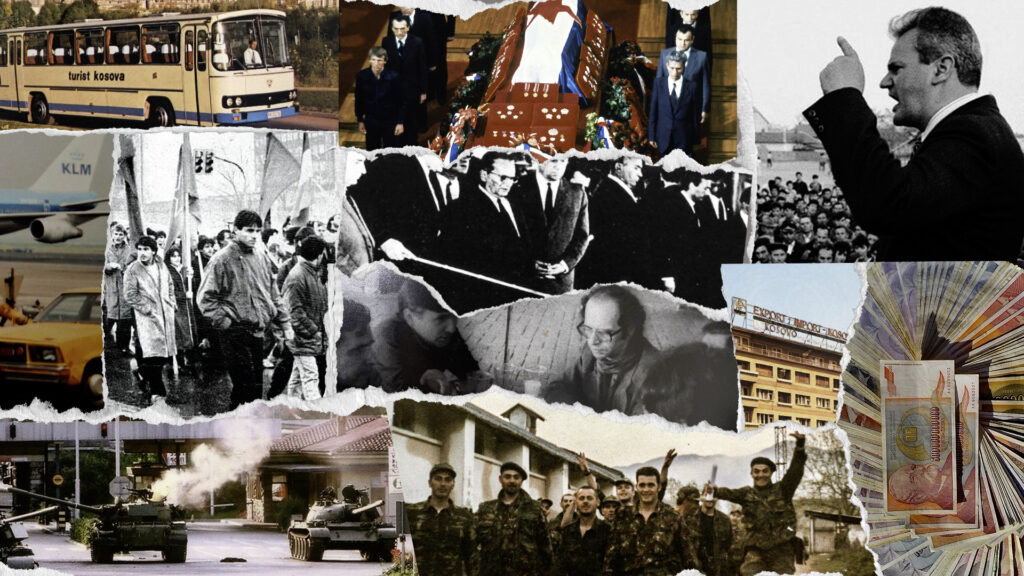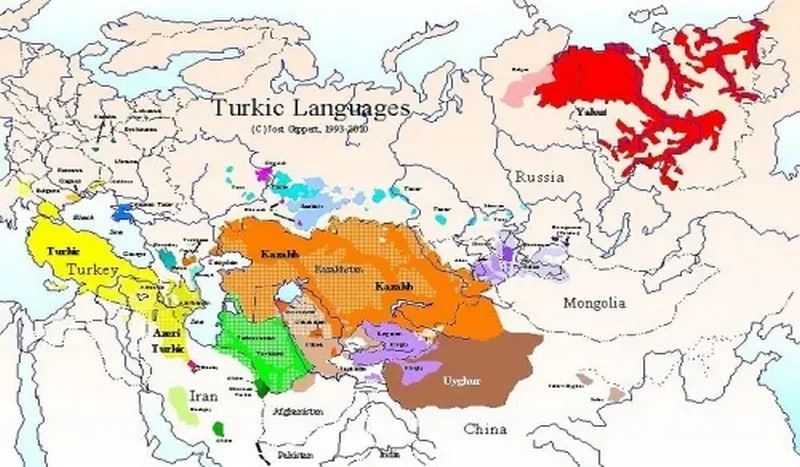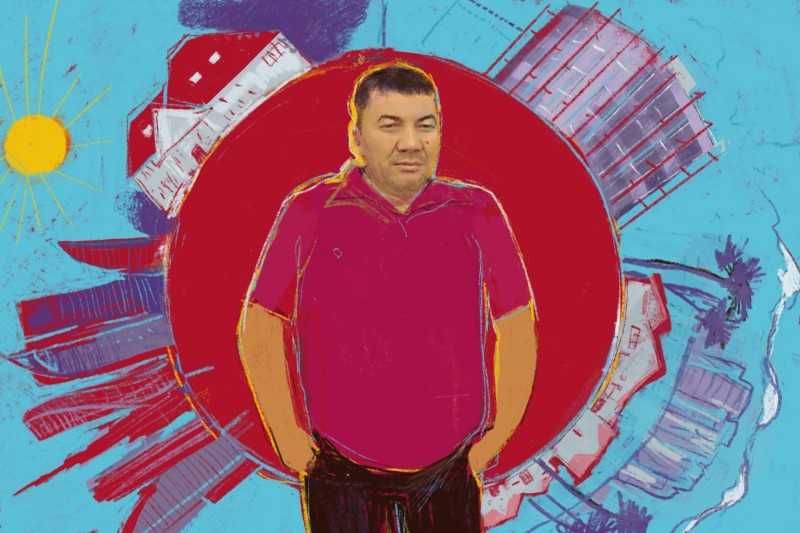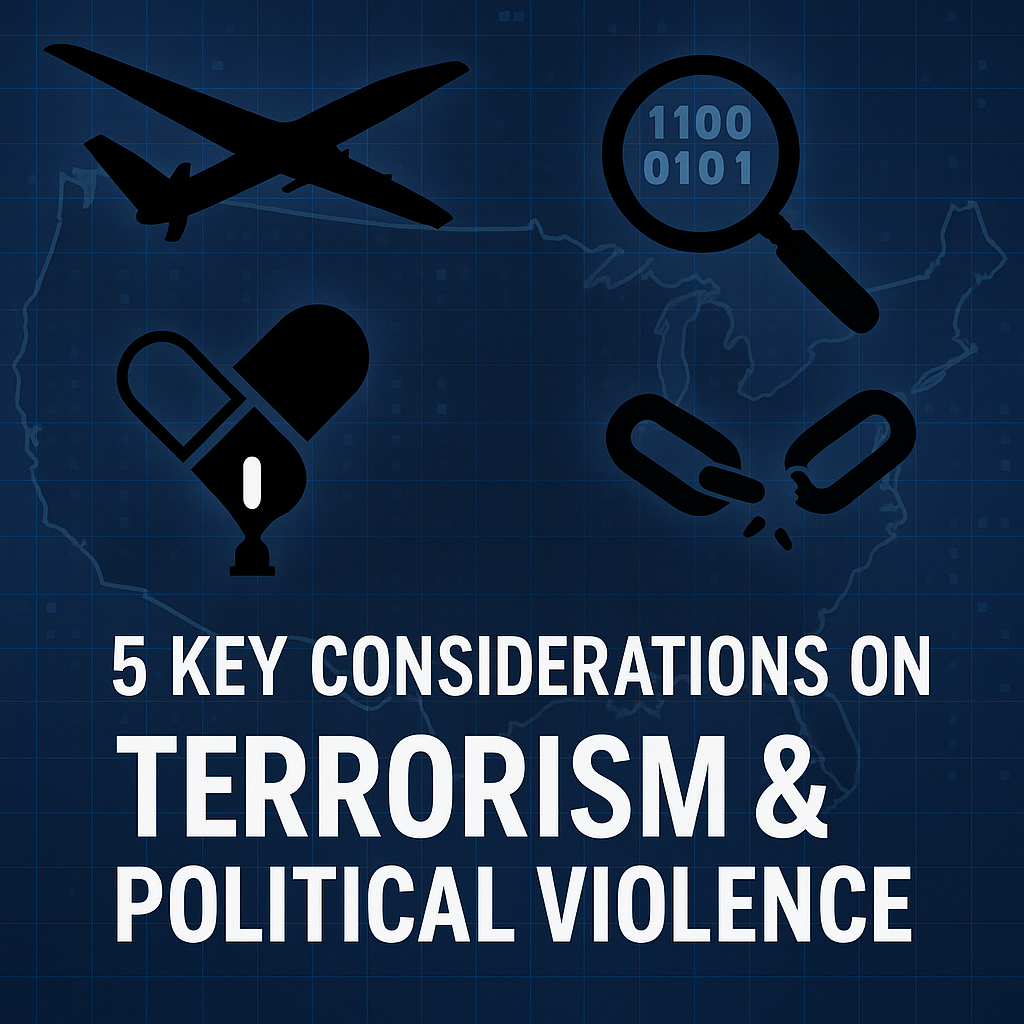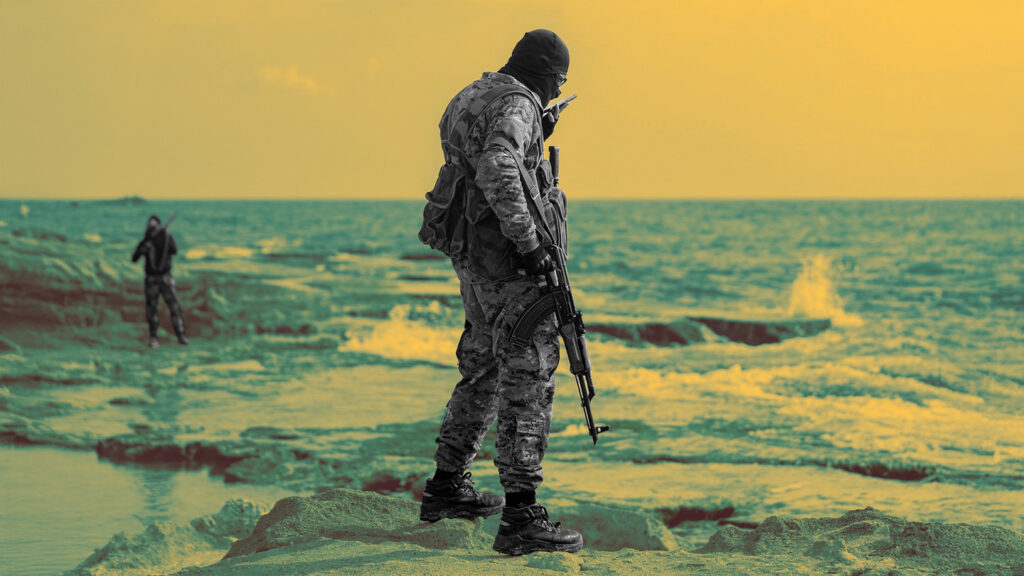What Does the New Reality in the Middle East Mean for Russia?
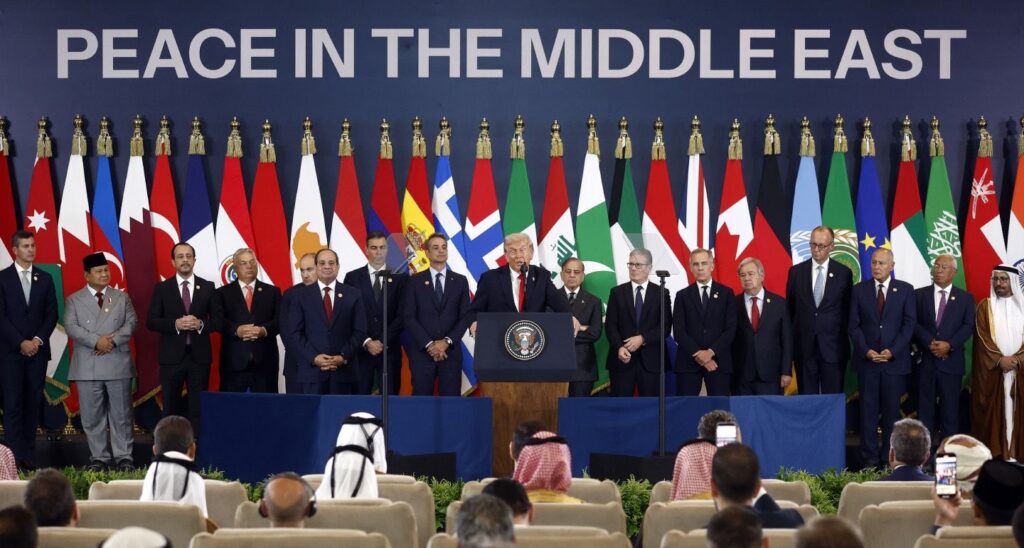
This week’s summit in the Egyptian resort of Sharm el-Sheikh looks like nothing short of a triumph for the United States in the Middle East. U.S. President Donald Trump met with representatives of thirty countries, and the declaration signed there to end the war in Gaza stands in stark contrast with the Kremlin’s failed attempts to hold its own summit with Arab states in Moscow at around the same time.

